Practically, the photo-etched model parts are thin metal sheets. The design engineers made them with special tools to create very fine details. They replace thick plastic pieces and help your models look more real and alive. They give texture, sharp edges, and the kind of depth that makes people look twice.
By following the right instructions, you can change simple models into a masterpiece that feels full of life. But when used without skill, they can bend, snap, or glue in the wrong place. A tiny mistake can spoil hours of work, and that can hurt more than it sounds.
So, read the article to explore what comprises the photo-etched model parts, how to use them, and the right supplier. At the end, a short section that reveals the hidden tips that make the process fun for you. Keep reading to explore more.
Common Types of Photo-Etched Model Parts
There are different types of photo-etched model parts that come in various shapes. Each type has a special job that improves the model’s look and feel. Here is the detail about each type with its scalability.
Grilles and Mesh

The grilles and mesh are the common parts of a photo-etched model. These are thin metal screens that enable air or light to pass through in real machines. In scale models, they replace solid plastic grilles that look too thick. They bring real texture and pattern to car intakes, tank vents, or aircraft radiators.
Hinges and Latches

Additionally, the hinges and latches enable the moving parts inside the machinery tool to look real. These small details show how doors, panels, or hatches connect. The plastic cannot show such tiny shapes well. However, the latches and hinges made of metal do a great job. They add depth and sharp lines to the engine components.
Handrails and Grab Handles
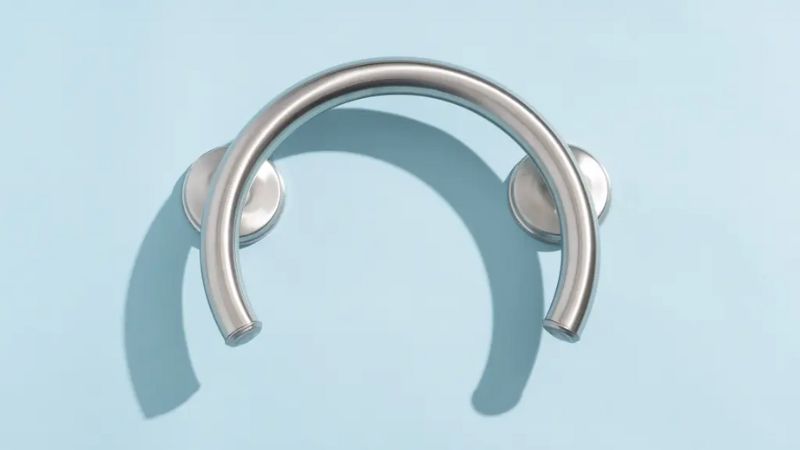
The handrails and grab handles are thin metal lines. You can use it on ships, tanks, and planes. They look much finer than plastic ones and match the real scale of the model. These rails run along decks, hulls, or cabins and give a finished touch. They are easy to bend. However, you must handle them carefully to keep them straight
Structural and Flat Components
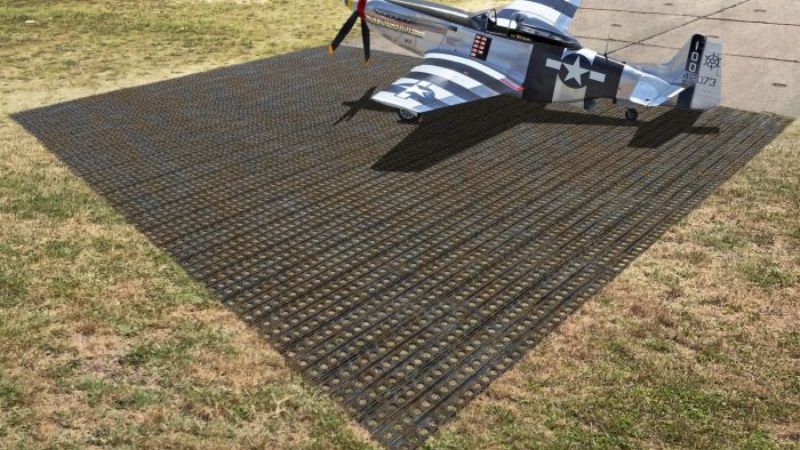
Structural and flat components are sheets of photo-etched metal used to form walls, floors, or panels. They replace thick kit parts and make the model cleaner and more detailed. Builders use them to recreate armor plates, cockpit panels, and engine covers. The flat brass or steel holds sharp lines and small holes that show realistic structure. These parts also fit well with resin or plastic kits, giving a strong and professional finish.
The structural and flat components are specially designed sheets that are used to form walls, floors, and panels. Here are the details about these components with specifications.
1. Ammo Boxes
Generally, the engineers use the photoetch process to make ammo boxes. They show sharp corners, fine ridges, and thin walls like real storage boxes. Its plastic versions often look soft. They add life to dioramas and make every weapon area stand out.
2. Fenders
The fenders protect the wheels or tracks of tanks and trucks from dirt. They can be bent and dented slightly to give a worn look. The engineers mix them with other materials. When painted, they make real metal light and detail.
3. Marston Mats
The modeling experts use photo etching to make metal mats. They can be used in planes, trucks, or diorama scenes. Their fine detail adds texture. They show how equipment sits on rough metal runways.
4. Shim Plates
Shim plates are thin metal spacers used to fill gaps in real machines. In models, photo-etched shim plates do the same job by adding covers. They are simple flat pieces. These plates also strengthen small joints between resin and plastic parts.
Step-by-Step Guide: How to Use Photo-Etched Model Parts?
The best photo-etched model parts for scale models are thin metal pieces. Generally, you are made to add fine and sharp details to scale models. That’s why you need to understand the right techniques to use these parts correctly. Below is the in-depth detail about how to use these parts.
Preparing Your Parts
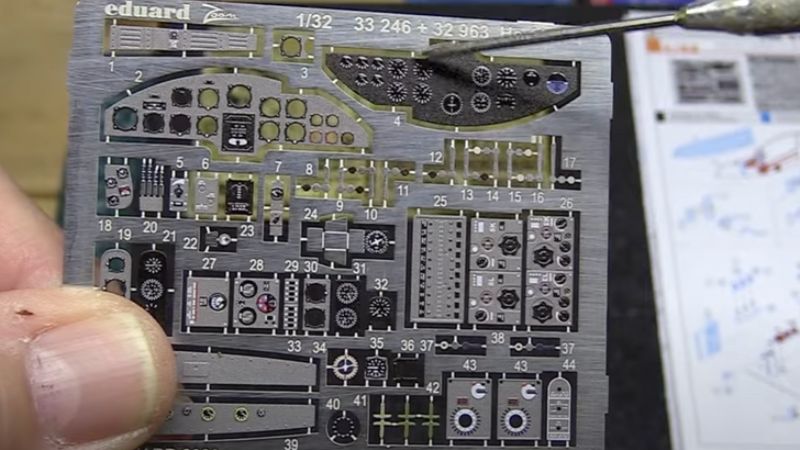
The first step is all about cleaning the metal sheet gently. You can use a mild soap and alcohol to remove oils. This helps glue and paint stick better later. Then, trim off extra tabs using a sharp blade. It’s best to handle the parts with tweezers to avoid bending. Make sure to keep parts clean and ordered at the start.
Cutting Without Damage
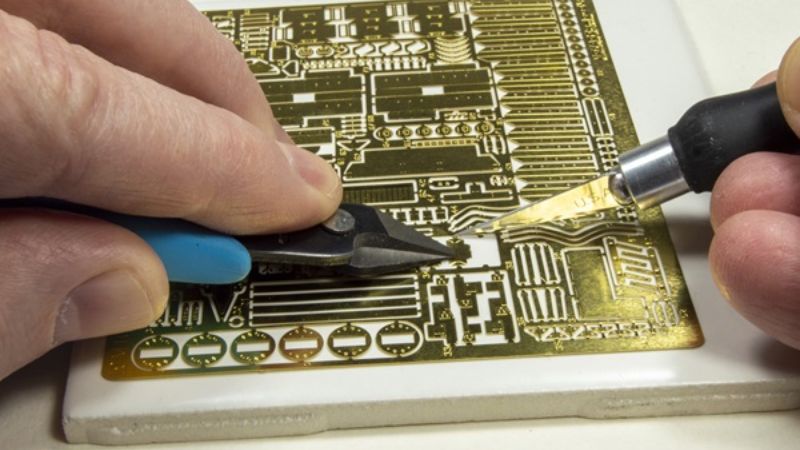
In this step, you have to cut the etched parts with a sharp blade. For neat cutting, place the sheet on a hard surface. Then, press down close to the joint and make clean cuts. It’s important to avoid twisting parts. Furthermore, make sure to work under good light. Always be patient and take time during this step.
Folding and Shaping
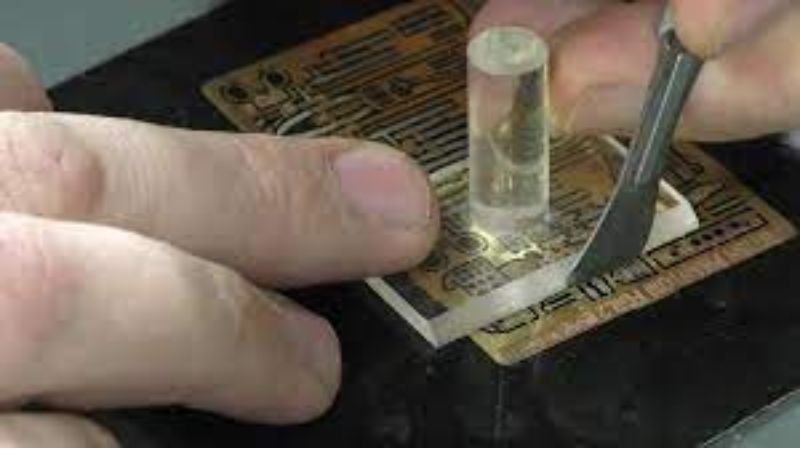
It’s time to shape and fold the metal parts. You can use flat tweezers, a bending tool, and smooth pliers. Make a grip on the metal part and bend slowly. It’s best to avoid over-bending. Railings, ladders, and curves need even pressure for clean shapes. If you need a small bend, it’s best to use a ruler for this.
Gluing and Attaching
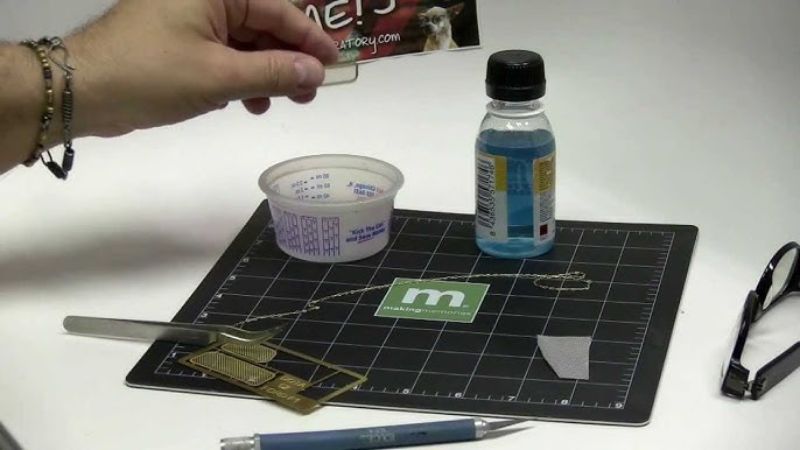
Once you shape the metal parts, use a small drop of super glue for fine modeling adhesion. You can also apply with a toothpick. Use the fine tweezers to place the adhesion inside the metal parts. Make sure to use the glue in the proper proportion and avoid applying too much. Once the glue is dry, carefully place the model.
Painting and Weathering
This is the final step in which you apply paint to the metal surface. Make sure to apply a primer coat before painting. Apply the primer and let it dry well. Then, you can use a light paint layer to keep it clear. Gently shade the metal and plastic surface to make everything look uniform.
Tips for Proper Handling of Photo-Etched Model Parts
The photo-etched model parts are typically designed to add fine accuracy to scale models. It’s best to handle them right. So, you get maximum performance without any replacement needs. First of all, never be in a rush during cleaning and adjusting.
These metal parts bend easily. So, you need to work slowly and with calm hands. Make sure to always use tweezers to move them. If you use fingers, you may cut and bruise them. It’s best to keep the space clean and bright.
A flat mat or smooth tray helps stop parts from slipping. When cutting pieces from the fret, use a sharp blade and apply gentle pressure. Avoid twisting the blades with force. Before gluing, test each metal part to ensure it adjusts properly and apply glue in the proper quantity.
All these safety checks enable you to finish your model that looks clean and professional.
Where To Buy Photo-Etched Model Parts?
Finding the right supplier of photo-etched model parts is all about focusing on precision and accuracy in results. Definitely, you need clean cuts, sharp lines, and metal parts to adjust properly. Mostly, the supplier uses different etching techniques to achieve burr free results. However, they use cheap material and unsharpened blades that cut the metal unevenly.
To avoid these issues in your project, you need to ask three simple questions of your supplier.
What metal and thickness do you use for these parts?
Do you show any past successful project results that are similar to this project?
How do you check quality and pack parts for shipping?
TMNetch is one of the trusted worldwide suppliers that offer photo-etched model parts. Their team consists of highly professional and trained engineers. Mainly focusing on project results quality, the brand makes each part with attention to detail.
They also offer metal photochemical etching, mesh filters, metal filters, and laser cutting services. Mostly, the medical devices, aerospace, and mechanical industries prefer this brand for detailed metal etching. With proper testing and analysis, their end results meet the client’s demands.
The brand’s purpose is simple. They want to help builders change plain kits into something special. TMNetch believes detail brings models to life. Each piece they make shows that. And their parts are ready to use. If you want accuracy, strength, and real quality, TMNetch is a name to trust.
Frequently Asked Questions
What material do you use for etching?
Mostly, the engineers use a metal, glass surface, and a chemical etchant. They also use a protective coating that is made of wax and applied to the material surface. It protects a certain surface of metal from etchants. Other common materials include copper, zinc, and steel for metal etching.
Which chemical is used in etching?
Ferric chloride is a common photochemical etchant that is used in copper and steel metal. The hydrofluoric acid is also used for glass material. For aluminum, you can use silicone dioxide and sodium hydroxide. Other etchant includes cupric chloride and potassium hydroxide.
What is etching primer?
The etch primer is a paint that is designed to protect the metal surface from rusting. Furthermore, it is also designed to make a physical bond to the substrate. It is a fast-drying property that makes it ideal for bare and non-ferrous surfaces. It contains an acid that impregnates the top layer of the metal.
Final Thoughts
To sum up, the photo-etched model parts are thin metal components for scale models. These parts are used in tanks, aircraft, and ships to enhance engine performance. Furthermore, you can also use it in grates, vents, and other components that are difficult to create.
These metal components enable you to create complex shapes and enhance the overall quality of your model. To take all these benefits, you have to select the right supplier. Evaluate the supplier’s ability to produce and deal with complex designs with high precision. Make sure to check the manufacturer’s positive reviews and customization options. All these factors enable you to make an informal decision.
